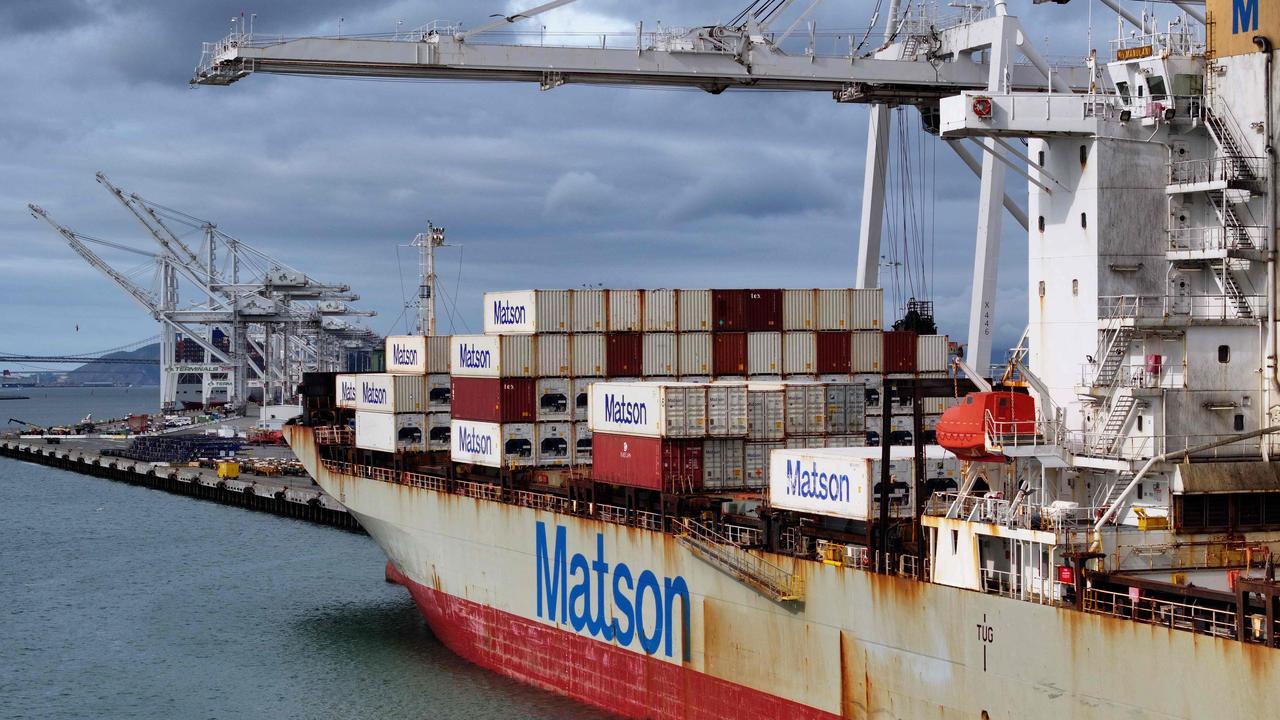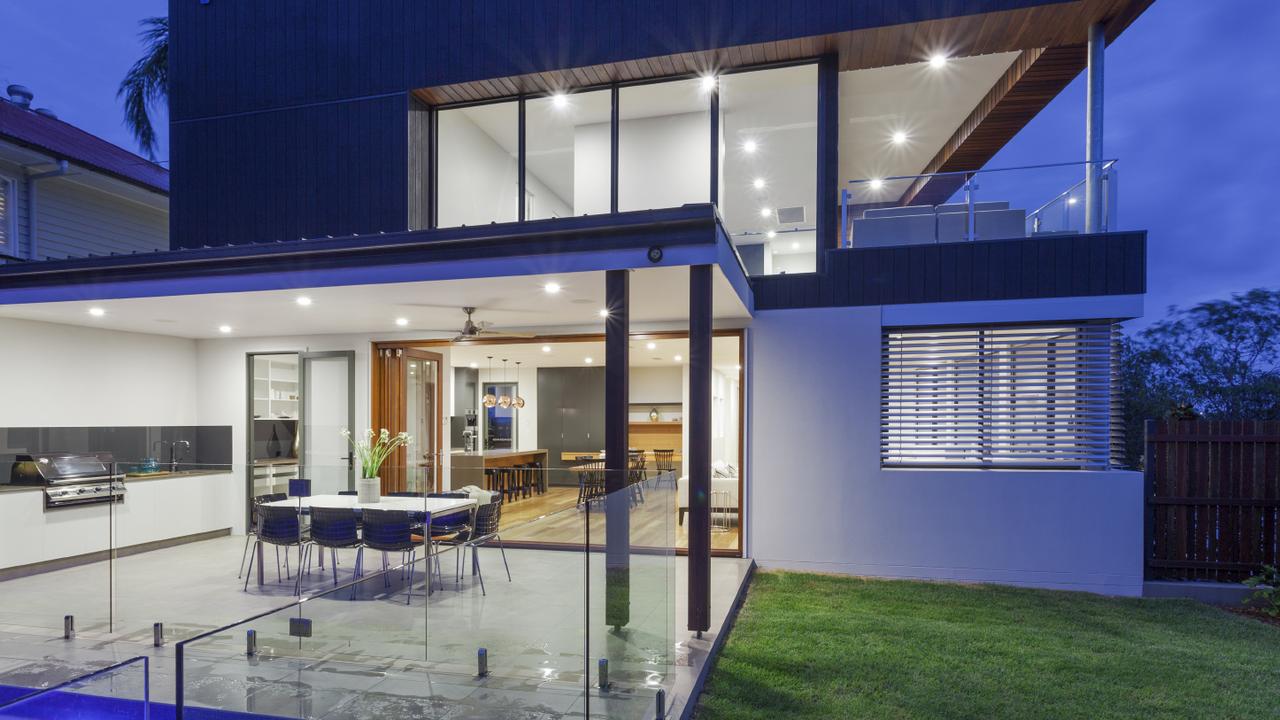Why your coffee is getting colder: Baristas come clean on your brew
SOME like it hot — but caffeine drinkers who like their morning coffee scorching are increasingly in the minority. We asked the experts why the traditional morning coffee is getting colder.
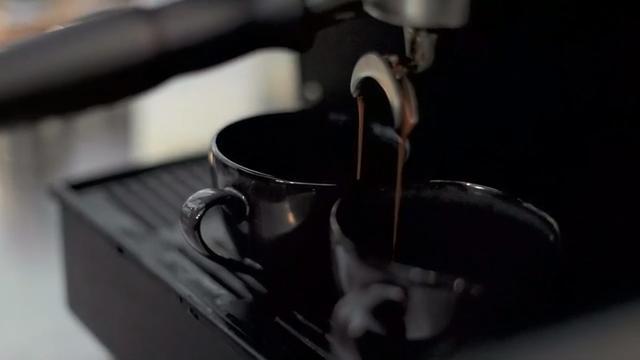
Business
Don't miss out on the headlines from Business. Followed categories will be added to My News.
THE temperature of a flat white or a long black is no “storm in a coffee cup”.
In fact, it’s a “brewhaha” that caffeine addicts (which includes almost every Sydneysider) take very seriously. The Daily Telegraph took to the grounds this week to test a takeaway small flat white — no sugar — at various outlets using a liquid thermometer. But, like any good bean counter, we also spoke to the experts first.
The “correct” temperature for your morning macchiato or afternoon flat white varies from barista to barista, but those in the know say it has fallen five degrees in the past few years because a growing number of people pursue fuller flavours.
Steaming the milk beyond 68C robs milk of its velvety texture and natural sweetness — compromising the full taste of coffee beans.
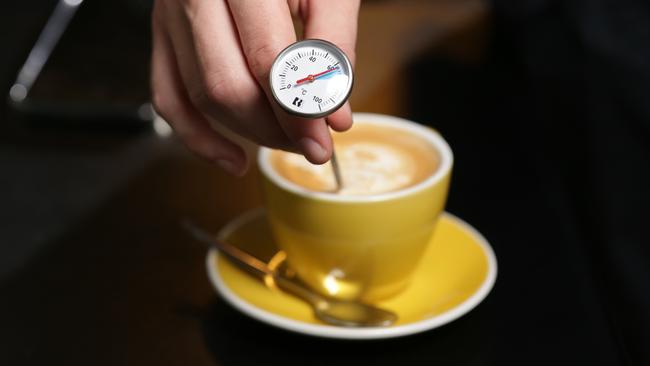
Australia’s coffee industry has grown to be worth $8.2 billion — and is expected to increase at an annualised 4.8 per cent for the next five years.
Experts say people are appreciating the flavours of coffee at reduced temperatures, rather than drinking them at almost boiling point but there is disagreement among baristas about what temperature is best.
President of the Australian Specialty Coffee Association Brent Williams said the trend towards lower temperatures was driven by efforts to preserve the milk’s natural sweetness.
He said it was also the result of the rise in soy and almond milks, which are best served at a lower temperature.
“As times have changed the temperature has started to move,” he said.
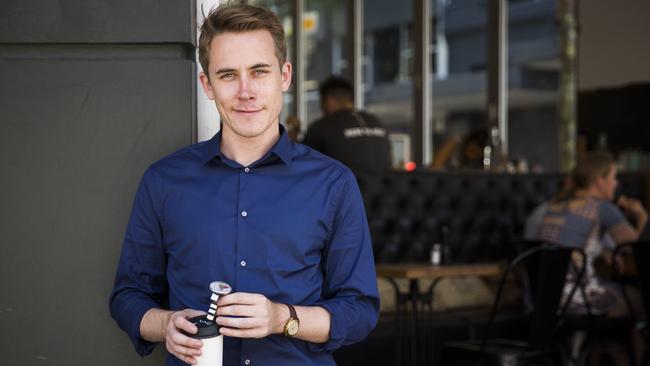
“In NSW they want to have a lower fat milk because they’re watching their weight, but with that you have to lower the temperature so as you’re not ‘splitting’ the milk, so you’re not having a separation of the milk fat in the jug,” he said.
Single Origin head trainer Hugh McDonnell reckons the ideal flat white should be served at 58C.
“You’re caramelising the sugars and essentially cooking it. If it’s much hotter than 68C, you lose its natural sweetness and if it’s much lower, then you’re not developing it enough. We always recommend sitting on a black coffee to let it cool. As it cools, it opens up in the same way you want a red wine to get the aromatics developing.”
Baristas however are divided on what is the right temperature.
“We make coffee colder because that’s how they’re supposed to be from a chemistry point of view,” Barista Denys Troyak at Frothy Espresso in Surry Hills said.
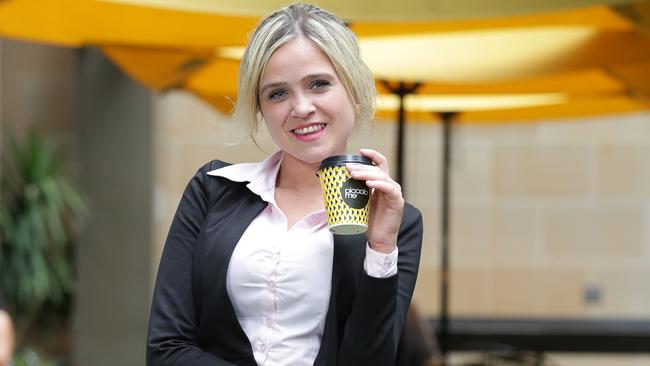
Fellow barista Karl Williams said customers usually adjusted to how warm he made the coffee.
“I try to make mine around 57C and when people first start having my coffee they say, ‘oh it’s a bit too cold for me’ but then within a week they say ‘it is much better taste wise’,” he said.
Head Barista at CBD cafe Piccolo Me, Rico Halim, said in the past few years there were more requests for lukewarm coffee.
“We have a regulation here that it should be between 60 and 70C,” he said. “Some people are different, they like it lukewarm — which is weird.”
“It is totally different now these days. People used to want it extra hot, like 80C or 90C. The trend these days is they like it to be lukewarm so they can drink it straight away — but I disagree with that.”
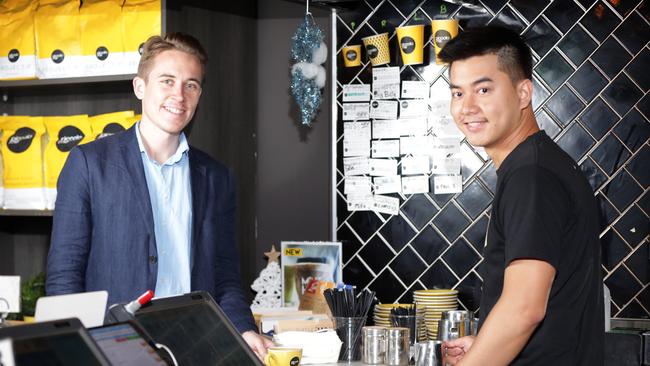
City office worker Kathryn Gatenby said a lukewarm coffee was unacceptable.
“It wouldn’t ruin my morning but I’d definitely be annoyed,” she said.
But there is danger for coffee companies in making it too hot.
In the US, a McDonald’s customer scalded by a 49 cent cup of coffee was awarded $640,000 damages in court.
It inspired a famous episode of the TV series Seinfeld in which Kramer (pictured above) tried to sue after spilling hot coffee on himself in a cinema.
He ended up settling for free coffee for life.

